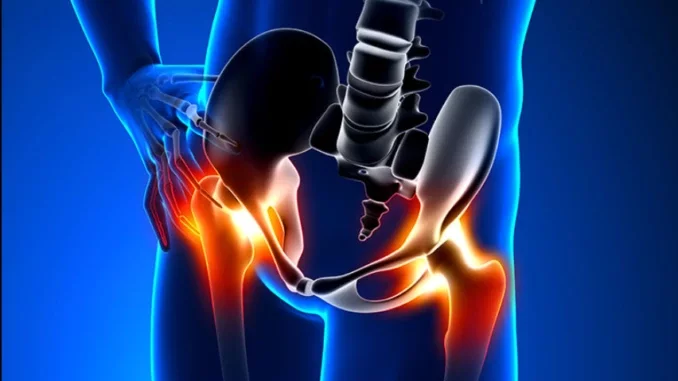
If you're dealing with lower back and hip pain, you're not alone. Millions of people are going through the same thing right now, and that nagging discomfort isn't just annoying, it's affecting everything from how you sleep to your mood. But here's the good news: understanding what's actually causing your pain is the first step to fixing it.
What's really causing your pain
-
The usual suspect, muscle drama, that pain you're feeling might be from a muscle strain or sprain, and honestly, it's more common than you'd think. Whether you went too hard at the gym or just slept weird, your muscles can throw a fit that leaves you wondering what you did wrong. The good news is this type of pain usually improves with proper care and attention.
Sometimes that pain isn't just about muscles, it's about nerves getting squeezed where they shouldn't be. Pinched nerves can feel like anything from a dull ache to sharp, shooting pain that makes you want to curl up and never move again. It's like having a kink in your body's electrical system, and it needs proper attention to get things flowing smoothly again.
The disk situation, your spine has these amazing cushions called disks, but sometimes they decide to slip out of place. When that happens, you've got what doctors call a herniated disk. Think of it like a jelly donut getting squeezed too hard, the inside starts pressing where it shouldn't, and that's when the real discomfort begins.
Sciatica is like the long-distance runner of back pain, sending discomfort all the way from your back down to your legs. It's caused by pressure on your sciatic nerve, and while it can be incredibly frustrating, understanding its triggers is key to finding relief.
Your SI joint might not be something you think about often, but when it's not working right, you'll definitely notice. This joint connects your spine to your pelvis, and when it acts up, it can cause pain that makes you question every move you make.
The arthritis factor, different types of arthritis can crash the party in your back and hips. Whether it's osteoarthritis wearing down your joints or rheumatoid arthritis causing inflammation, these conditions need specific attention and care approaches.
Hidden culprits, sometimes the cause isn't as obvious as a sudden injury or chronic condition. Your daily habits, from how you sit at work to the way you carry your bag, could be secret contributors to your pain. Understanding these subtle factors can be game-changing for your recovery.
Getting back to feeling good
The path to relief isn't one-size-fits-all, but there are proven strategies that can help. Physical therapy isn't just about doing exercises, it's about learning how your body works and how to move in ways that promote healing rather than harm. Think of it as getting a user manual for your body that you never knew you needed.
Exercise might seem counterintuitive when you're in pain, but the right kind of movement can be incredibly healing. The key is starting gentle and building up gradually. Your body is designed to move, and finding the right balance of activity can help reduce pain and prevent future issues.
Working with healthcare providers isn't just about getting a quick fix, it's about creating a long-term strategy for pain management and prevention. They can help you understand whether your pain needs a simple lifestyle adjustment or more intensive treatment like injections or other interventions.

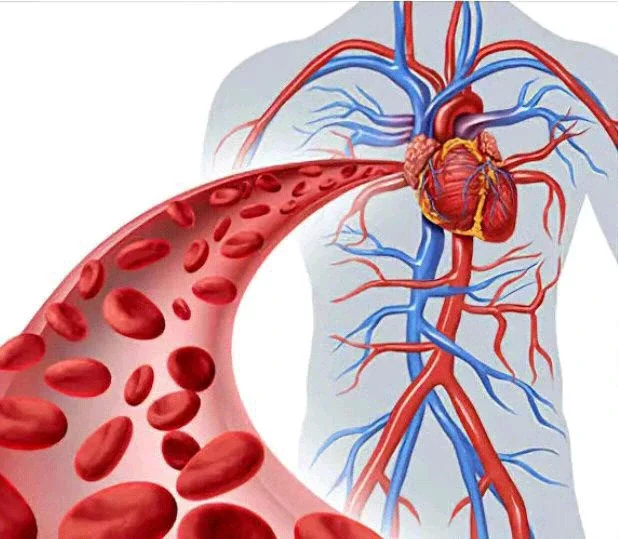
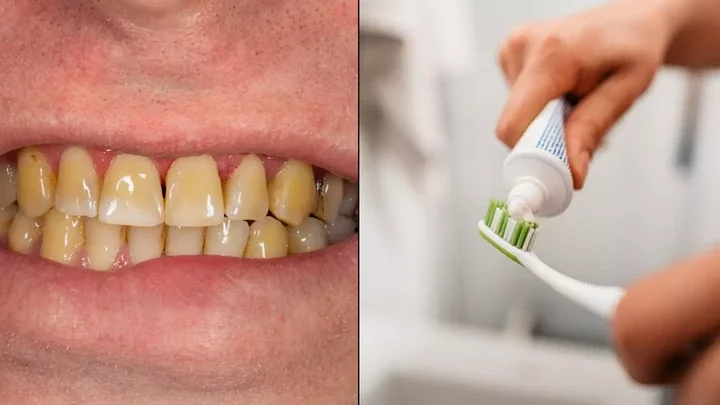
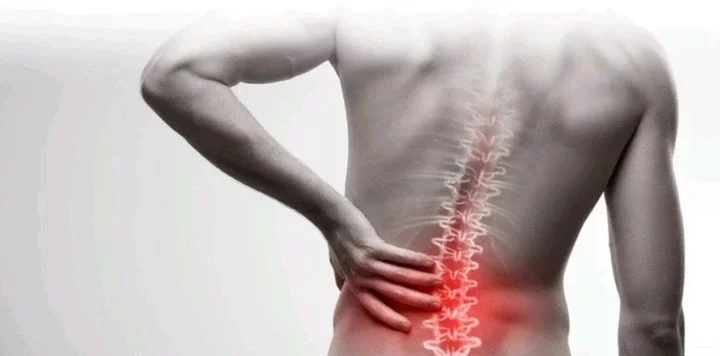
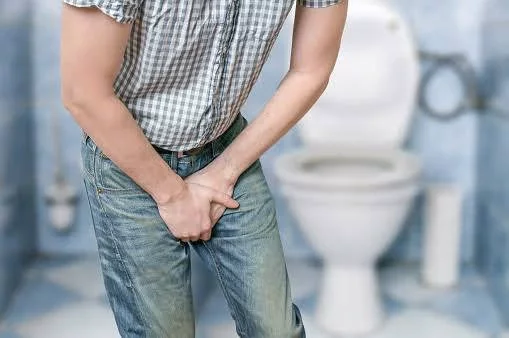








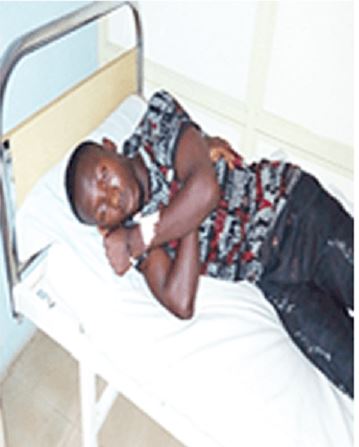


Comments